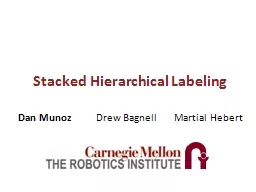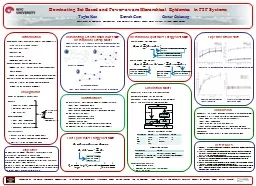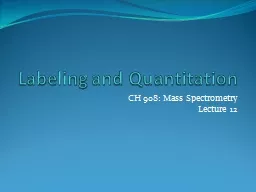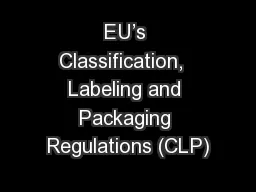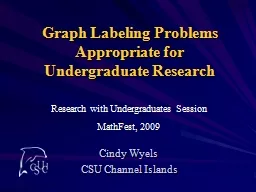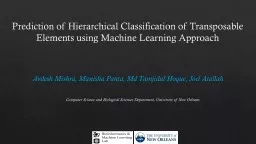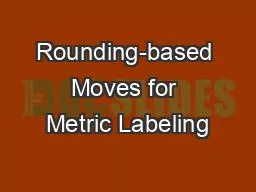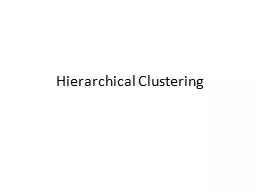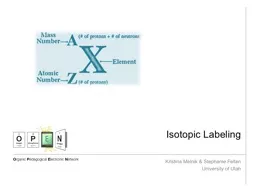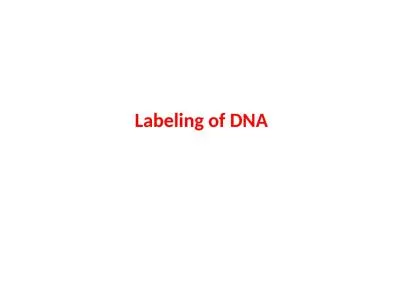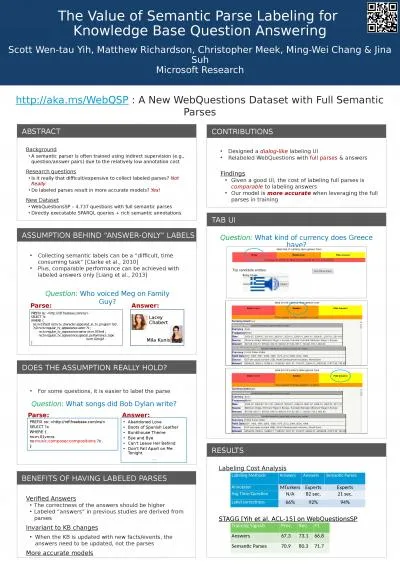PPT-Stacked Hierarchical Labeling
Author : lois-ondreau | Published Date : 2016-07-19
Dan Munoz Drew Bagnell Martial Hebert The Labeling Problem 2 Input Our Predicted Labels Road Tree Fgnd Bldg Sky The Labeling Problem 3 The Labeling Problem Needed
Presentation Embed Code
Download Presentation
Download Presentation The PPT/PDF document "Stacked Hierarchical Labeling" is the property of its rightful owner. Permission is granted to download and print the materials on this website for personal, non-commercial use only, and to display it on your personal computer provided you do not modify the materials and that you retain all copyright notices contained in the materials. By downloading content from our website, you accept the terms of this agreement.
Stacked Hierarchical Labeling: Transcript
Download Rules Of Document
"Stacked Hierarchical Labeling"The content belongs to its owner. You may download and print it for personal use, without modification, and keep all copyright notices. By downloading, you agree to these terms.
Related Documents

